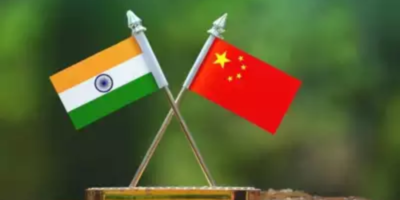International observers continue to focus on the connection between India and China in the constantly changing geopolitical environment of Asia. The complexity and difficulties that arise in their interactions are shown by the 29th round of diplomatic negotiations that took place recently between the two countries, with a focus on disengagement in border regions. Let’s examine the main conclusions and ramifications of this diplomatic discussion.
Comprehending the Conversation
In order to achieve total disengagement and settle disputes along the Line of Actual Control (LAC) in the Western Sector, India and China held talks. These discussions took place on the framework of the Working Mechanism for Consultation and Coordination on India-China Border Affairs (WMCC). The discussion, which was chaired by officials of the two nations, emphasized how critical it is to preserve calm and peace in border areas despite continuous hostilities.
Important Discussion Points
- Actions to Disengage: To defuse tensions at the border, both sides looked for ways to step back. The talks attempted to foster understanding between participants and address unresolved difficulties.
- Military and Diplomatic Routes: China and India reaffirmed their intention to maintain open military and diplomatic relations. Their dedication is a reflection of their understanding of the value of communication in handling border conflicts and averting escalation.
- Denying Allegations: Reiterating that Arunachal Pradesh is an important part of Indian territory, India rejected China’s claims to the province. India’s determination to protect its sovereignty and territorial integrity is shown by its tough attitude.
Interpretation and Significance
The conclusion of the 29th diplomatic round has several ramifications for bilateral ties and regional stability:
- International Relations: Even in the face of difficulties, persistent diplomatic engagement indicates a desire on both sides to resolve disagreements via communication. This strategy is essential for preventing disputes and encouraging positive participation.
Border Security: Talks about disengagement are a reflection of efforts to improve border security and lower the likelihood of conflicts. For the area to remain peaceful and stable, effective border management is crucial.
- Political Structure: The strategic interests of other countries are among the larger geopolitical forces with which the India-China relationship interacts. The result of these discussions may impact future alliances and partnerships as well as regional power dynamics.
- Strategic and Economic Aspects: Economic connections and strategic objectives are significantly impacted by the stability of the China-Indian relationship. Both nations have a stake in preserving stability while they work toward their own national goals.
Final Thoughts
The intricate factors at work in their relationship are highlighted by the 29th round of diplomatic discussions between China and India. Even in the face of ongoing difficulties, consistent communication provides a means of settling conflicts and fostering stability. The world is keeping a careful eye on the two countries as they manage their bilateral relations, realizing how crucial positive interaction is to determining Asia’s future.
This blog article examines the main points raised during the recent diplomatic negotiations between China and India about disengaging from their border, as well as the consequences for regional stability and the value of ongoing communication.




2 thoughts on “India-China Diplomatic Talks: Insights and Implications”